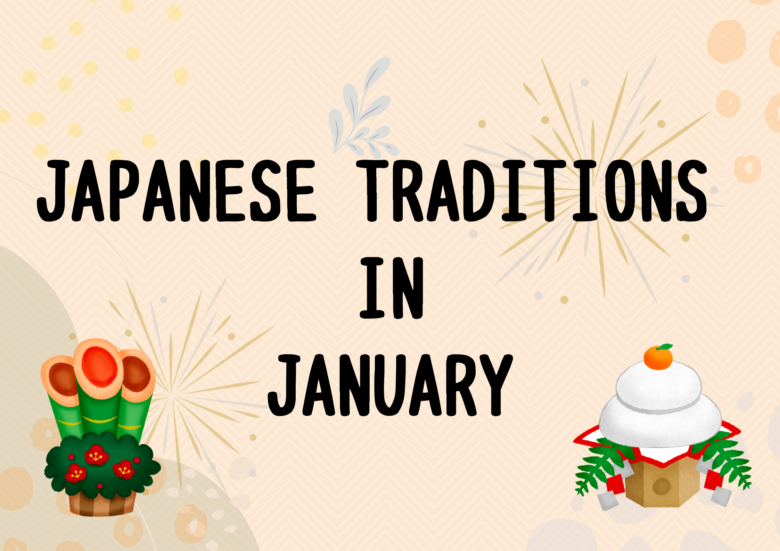みなさん、こんにちは。
Did you know that kanji characters can be categorized into 六書 (Rikusho)?
For many Japanese learners, kanji is one of the most difficult parts of learning Japanese. This is because there are so many of them and they look quite complicated. However, you can break down kanji characters into 6 different categories based on their origins and usage.
By doing so, you can identify their characteristics, and then approach your kanji study in a systematic and more effective way.
In this article, I am going to show the different kanji types, and will show you some secrets that may help your kanji learning journey.
象形 (しょうけい shōkei)
象形 (しょうけい shōkei) refers to hieroglyphics or a type of characters representing pictures.
象形文字 (しょうけいもじ shōkei moji) refers to kanji that look like what they represent. They are a bit like pictorial symbols.
Examples include 山、日、川、手 or 目.
With this type of kanji, it’s a good idea to learn them with pictures.
指事 (しじ shiji)
指事文字 (しじもじ shiji moji) refers to kanji that were derived from symbols tht graphically represent an abstract concept.
Examples include 一、二、三、上、下 or 中.
These kanji normally represent abstract concepts, and like when you learn 象形文字, you can come up with a story or a visual representation that can help you remember the kanji.
For example, you can remember the kanji 中 as it has a line in the middle, and the kanji for “tree” (木) is a representation of a tree, with the vertical line representing the trunk, and the horizontal lines representing branches.
会意 (かいい kaii)
会意文字 (かいいもじ kaii moji) refers to kanji that were created by combining two or more simple kanji for a new meaning.
Examples include
人 (person) resting by 木 (tree) = 休 (resting)
Places with lots of 木 = 森 (forest)
日 (sun) and 月 (moon) = 明 (bright)
If you know basic kanji for 象形 and 指事, you can often make a story (a person is by a tree, resting)out of the parts making up of 会意文字, which helps you learn the kanji effectively.
形声 (けいせい keisei)
形声文字 (けいせいもじ keisei moji) refers to kanji created by combining A) a radical and B) a part that suggest a sound. Onyomi for 形声文字 is identical to onyomi of the kanji used for B.
The onyomi for 古 is こ, therefore, the onyomi of kanji with this radicals are also こ
Example: 枯, 固、湖
The onyomi for 中 is ちゅう, therefore, the onyomi of kanji with this radicals are also ちゅう
Example: 虫、仲、忠
The onyomi for 東 is とう, therefore, the onyomi of kanji with this radicals are also とう
Examples: 棟、凍、
The onyomi for 青 is せい, therefore, the onyomi of kanji with this radicals are also せい
Examples: 静、晴、精
70% to 80% of kanji are 形声文字 so if you know basic parts that made up kanji in this group it will help you learn how to read them effectively.
転注 (てんちゅう tenchū)
転注文字 (Tenchū moji) refers to characters that gained extended meanings.
For example, 楽 used to only mean ‘music’ but as listening to music is ‘fun’, this kanji gained the meaning of ‘fun’ (楽しい).
仮借 (かしゃく kashaku)
仮借文字 (kashaku moji) refers to characters borrowed mainly to represent words phonetically.
For example, 我 used to mean “spear” but since they didn’t have a kanji for ‘self’ they adapted 我 since it had a similar pronunciation then.
Learning Kanji with Illustration and Mnemonics
As you can see, learning kanji by associating the characters with stories and pictures is a very effective technique. This can be a fun and easy way of learning kanji compared to the traditional kanji learning method, which is writing them down in your book over and over.





Comments